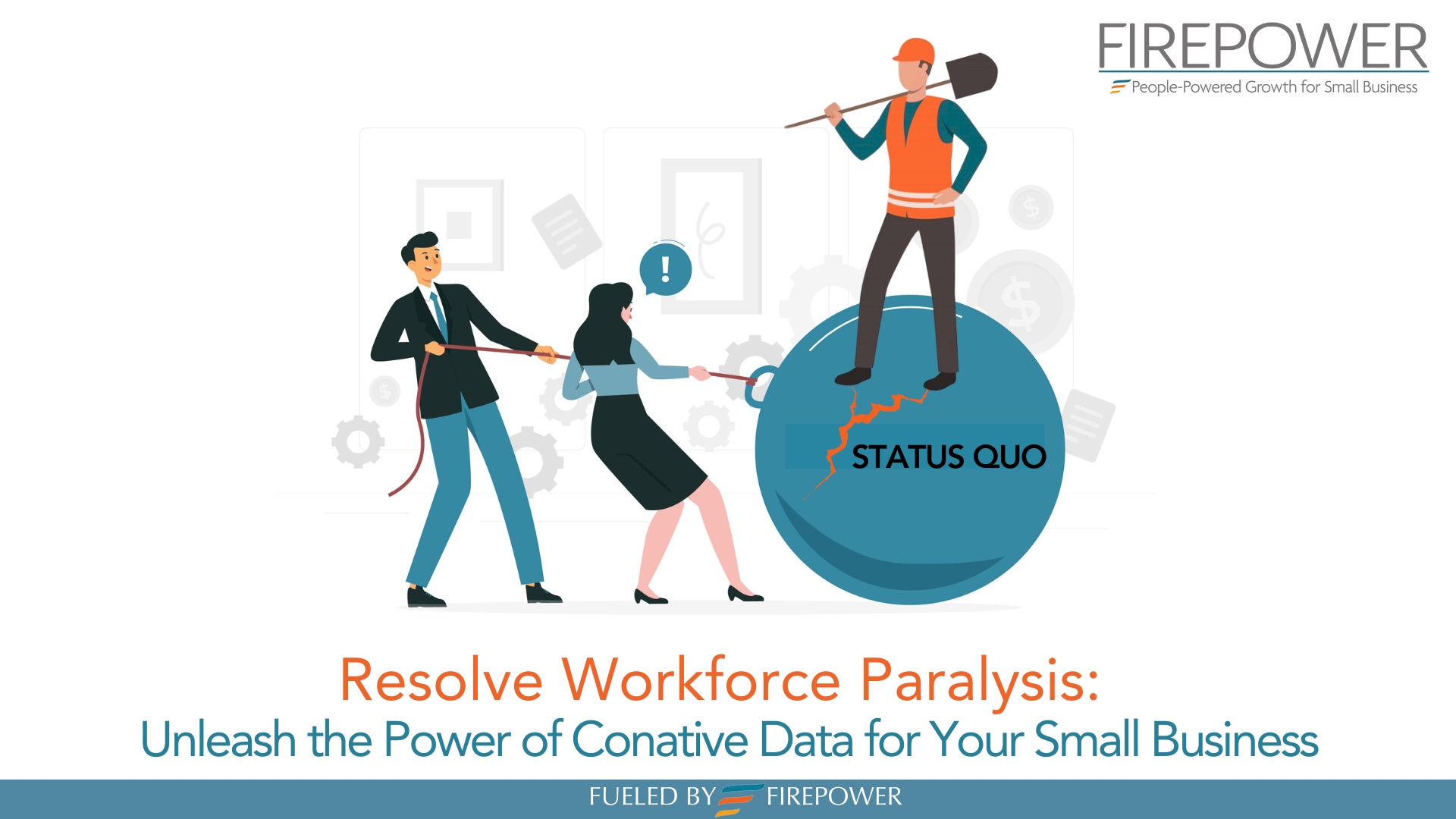What Is an Employee Performance Evaluation?
By Maria Forbes
May 3, 2021
Your employees are your most valuable resource and your best competitive advantage. They are responsible for carrying out your operations and they represent your brand to clients, vendors, and peers. What is the value of your employees to your company? Employee value is often determined through performance reviews. The right mix of employee dialogue enables you to sustain their best performance, retain your top talent, and rely on your workforce to help you grow consistently. Let’s break down the critical components of employee performance for small business.
Overview of an Employee Performance Evaluation
An employee performance evaluation is an assessment of individual performance. They are most commonly conducted as one-on-one evaluations. Prior to the evaluation, the manager or supervisor will review aspects of performance that are working well, specific challenges to address, projects and outcomes, usually over the course of a year.
Regardless of how it is structured, a performance evaluation is designed to provide insight into an employee’s ability to successfully carry out a role. An annual view of personal performance requires much data gathering throughout the course of the twelve month evaluation period in order to conduct an effective conversation. This method of measuring success can leave employees feeling like they have had to dig up past events, the conversation is not timely to resolution, issues may have gone unaddressed, contributions unnoticed, and overall they can feel their work is not measuring up. No matter the size of your company, performance evaluations should not be an annual event. The goal of a performance evaluation is to cultivate high-performing teams. This requires the full engagement of your employees. Employee performance evaluations should reveal a level of personal engagement through multiple viewpoints that target accurate, timely, and actionable data.
High-performing employee exhibit the following engagement traits:
- Executes tasks accurately and on time
- Embraces challenges
- Eager to please clients and customers
- Works well with other employees
- Able to adapt to changes
- Works fast and efficiently
Advantages of Employee Performance Evaluations
PEOPLE POWERED TEAMS ARE AN IMPORTANT COMPONENT OF BUSINESS SUCCESS. By conducting employee performance evaluations, you can identify specific strengths to develop and challenges to resolve before they escalate to bigger problems. As you work toward a transfer or sale of your business, the right leadership is critical to a successful transfer and to long-term business continuity.
INTERNAL CANDIDATES OFFER AN ADVANTAGE: Ongoing or regularly scheduled feedback throughout a year enables owners to understand the potential for new leadership within the existing talent landscape. Cultivating leadership internally, is an advantage over recruiting external leaders. Looking inside first, you can identify motivations and natural leadership abilities, appropriate experience and skill levels to lead others, and internal candidates understand your business culture.
FREQUENCY IS KEY TO RETAINING A COMPETITIVE EDGE. Employee performance evaluations also allow you to remind employees of their primary duties. Over time, your top performers are likely to be asked to take on additional responsibilities. These added duties can cause employees to overlook some important responsibilities, and spread thin, they can be challenged to maintain the right balance of priorities. Employee performance evaluations offer a solution as a check and balance to role alignment.
PERFORMANCE MANAGEMENT AS A RETENTION TOOL. You can use employee performance evaluations to develop professional capabilities, enhance employee career paths, recognize and show appreciation, and cultivate strong brand ambassadors. Statistics show that over half of employers believe recognition is an important and effective way to increase employee engagement. When employees are recognized for their achievements, their contributions are visible, engagement increases.

Keep Performance Evaluations Clear and Measurable
There are some potential disadvantages to conducting employee performance evaluations. They can lead to a lower level of employee satisfaction if not performed correctly. Research shows that many employees believe they are evaluated unfairly. One common reason performance reviews fail is incorrect execution. To conduct a well-designed performance review you should create a quantifiable system for helping employees to achieve their best performance. Performance should be measured fairly against clearly stated requirements for success in a role.
A 360 approach to performance is doable for small business and should be implemented as a method for building high performing teams. Avoid sudden integration of performance reviews, long and over structured reviews, and inconsistent review frequency. To create a successful employee review system, start with what you can do well. Trying to cover too many functions of performance will be overwhelming to both leaders and their teams. Begin with a specific review on an aspect of each role and build from there. Please review more often than once a year- we recommend quarterly, to remain informed about employee motivations and to keep ahead of challenges. Integrate performance reviews in clear phases to ensure employees will have a positive experience that increases engagement in their role.
At the fingertips of every employee there should be a personal Engagement Plan that illustrates performance criteria, or requirements for success in a role, in multiple formats.
- A written description of how the role influences a shared vision and mission
- A chart view of the entire team, as a contributor chart
- A map view of the role, illustrating primary responsibilities, secondary actions, and if necessary phased development of the role
- A map view of direct collaborators to the role
- A Progress Table to illustrate key performance indicators and to track personal goals and outcomes
Should You Conduct Employee Performance Evaluations?
If you are an owner, and you are wondering whether or not to conduct employee performance evaluations, please do, with consideration, fairness, and clear and trackable metrics for success. Employee performance evaluations can help you identify leaders, remind employees of their responsibilities and recognize contributions to growth.
An employee performance evaluation is a review of engagement in a role, in your company culture, and in collective growth. Reviews are designed to provide insight into how well an employee strengths are aligned with the expectations for success in a role. When teams are fully engaged, their personal experience, professional skills, problem solving methods, and career motivations enable the satisfactory fulfillment of a role. When your team is fully engaged they are performing as a contributor to your shared vision for success and they execute their contributions according to the requirements or metrics for success in their role. They should have the benefit of knowing that they are making the right contributions.





